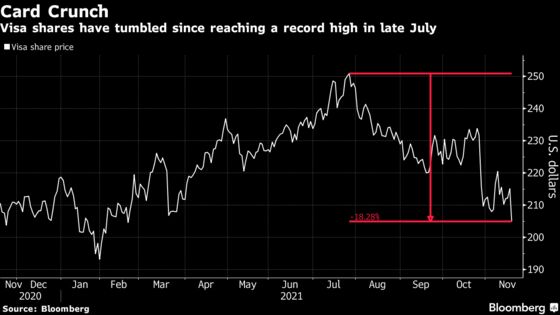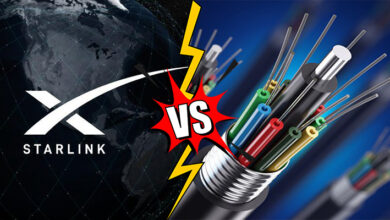
Earlier this week, Amazon announced that it would stop accepting Visa credit cards issued in the U.K. due to high interchange fees on transactions. The company gave a deadline of January 19 and is offering consumers who primarily use Visa cards £20 off a purchase as an incentive to update their preferred payment method.
The move followed similar efforts by Amazon to curtail the use of Visa-issued credit cards in Singapore and Australia, markets where the e-commerce giant introduced a 0.5% surcharge on transactions made with those cards. In both cases, Amazon also offered customers gift cards to encourage them to switch payment methods.
While Amazon is asserting its market dominance in an effort to lower transaction fees — which a company spokesperson said “[continue] to be an obstacle for businesses striving to provide the best prices for customers” — it is hardly alone in its desire to ween customers off high-cost payment methods.
For merchants, the introduction of “buy now, pay later” (BNPL) payment options, the rise of digital wallets and a broader push toward ACH or account-to-account (A2A) transactions are all part of a strategy to reduce consumers’ overreliance on credit cards.
For today, let’s focus on BNPL and why it is becoming a more attractive payment option for big e-commerce companies like Amazon and Walmart, as well as merchant marketplaces like Square and Shopify.
Amazon: Not just bigger shopping carts
For years, the key selling point of BNPL services like Affirm, Afterpay and Klarna was that they allowed merchants to increase the average order value while also reducing cart abandonment.
Affirm’s merchant transaction fees vary depending on the structure of the installment offering, which takes into account things like the cart size, length of term and whether those loans are offered to the consumer as 0% APR or interest-bearing installments.
Source: TechCrunch




